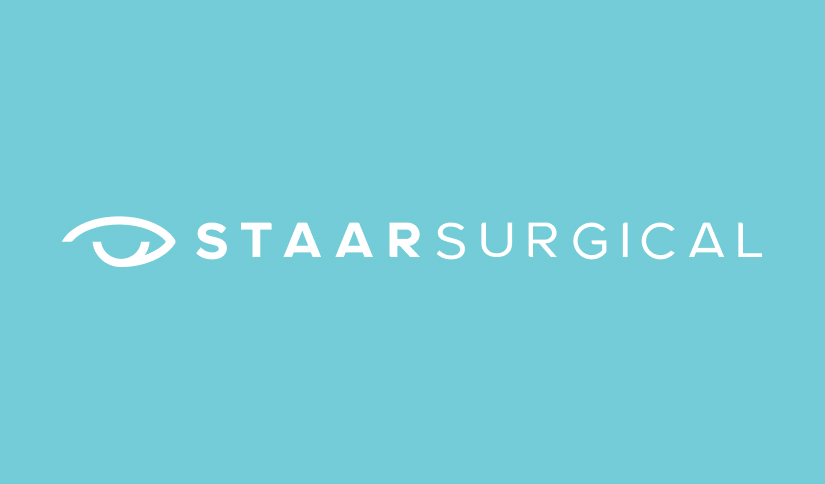立岡稔生さん ICL体験談
東京在住、40代、
会社経営者の立岡稔生さん。
中学生から続いたメガネ生活は約25年。
休日には趣味のアウトドアを楽しんでいる。
ICL施術前の視力:右0.05 左0.05
東京在住、40代、
会社経営者の立岡稔生さん。
中学生から続いたメガネ生活は約25年。
休日には趣味のアウトドアを楽しんでいる。
ICL施術前の視力:右0.05 左0.05
ICL手術前はメガネが必需品でした
ICLをして一番楽になったのは、当たり前ですが、メガネのことを気にしなくてよくなったことですね。以前は、ラーメンを食べるときにメガネが曇ったり、雨が降ると視界が悪くなったり、日常で煩わしさを感じることも多かったんです。昔、登山をしたときに、岩場でメガネを落として、レンズにひびが入ってしまったことがありました。外したら当然見えませんし、下山するまで気が気じゃなかったですよ。
「自分の目」で見える
“ICLを受けた後のキャンプで湖に映る富士山を見たときは、本当に感動しました。こんなにきれいな景色をメガネというフィルターを通さずに見れるんだ、って。何歳になっても「初めて」のことって新鮮ですね。”
これだけ広い視界で風景を見れることが当たり前だと思っていませんでした。パノラマで見えるというか。星空や海を自分の目で見る感覚って視力が悪かった頃の自分には想像できませんでしたから。目に見えるものがそのまま自分の中に入ってくるような感じで、自然ってこういうものだったんだ、と噛みしめる喜びがありますね。
Important Safety Information
EVO & EVO TICL is designed for the correction of moderate to high near-sightedness (-0.5 to -20.0 dioptres (D)) and the reduction of near-sightedness in patients with up to -20 dioptres (D) of near-sightedness with less than or equal to 6.0 dioptres (D) of astigmatism. It is indicated for patients who are 21 to 45 years of age. In order to be sure that your surgeon will use a EVO with the most adequate power for your eye, your near-sightedness should be stable for at least a year before undergoing eye surgery. EVO surgery has been documented to safely and effectively correct near-sightedness between -0.5 dioptres (D) to -20.0 dioptres (D) and partially correct near-sightedness up to -20 dioptres in eyes with up to 6.0(D) of astigmatism. If you have near-sightedness within these ranges, EVO surgery may improve your distance vision without eyeglasses or contact lenses. EVO surgery does not eliminate the need for reading glasses, even if you have never worn them before. The EVO represents an alternative to other refractive surgeries including, laser assisted in situ keratomileusis (LASIK), photorefractive keratectomy (PRK), incisional surgeries, or other means to correct myopia such as contact lenses and eye glasses. EVO is not intended to correct any astigmatism you may have. Implantation of the EVO is a surgical procedure, and as such, carries potentially serious risks. Please discuss the risks with your eye care provider. The following represent potential complications/adverse events reported in conjunction with refractive surgery in general: conjunctival irritation, acute corneal swelling, persistent corneal swelling, endophthalmitis (total eye infection), significant glare and/or halos around lights, hyphaema (blood in the eye), hypopyon (pus in the eye), eye infection, EVO ICL dislocation, macular oedema, non-reactive pupil, pupillary block glaucoma, severe inflammation of the eye, iritis, uveitis, vitreous loss and corneal transplant. Before considering EVO surgery you should have a complete eye examination and talk with your eye care professional about EVO surgery, especially the potential benefits, risks and complications. You should discuss the time needed for healing after surgery.
Latin America
संदर्भ
1Visian ICL Patient Information Booklet
2Sanders D. Vukich JA. Comparison of implantable collamer lens (ICL) and laser-assisted in situ keratomileusis (LASIK) for Low Myopia. Cornea. 2006 Dec; 25(10):1139-46.
3Naves, J.S. Carracedo, G. Cacho-Babillo, I. Diadenosine Nucleotid Measurements as Dry-Eye Score in Patients After LASIK and ICL Surgery. Presented at American Society of Cataract and Refractive Surgery (ASCRS) 2012.
4Shoja, MR. Besharati, MR. Dry eye after LASIK for myopia: Incidence and risk factors. European Journal of Ophthalmology. 2007; 17(1): pp. 1-6.
5aLee, Jae Bum et al. Comparison of tear secretion and tear film instability after photorefractive keratectomy and laser in situ keratomileusis. Journal of Cataract & Refractive Surgery , Volume 26 , Issue 9 , 1326 - 1331.
5bParkhurst, G. Psolka, M. Kezirian, G. Phakic intraocular lens implantantion in United States military warfighters: A retrospective analysis of early clinical outcomes of the Visian ICL. J Refract Surg. 2011;27(7):473-481.
